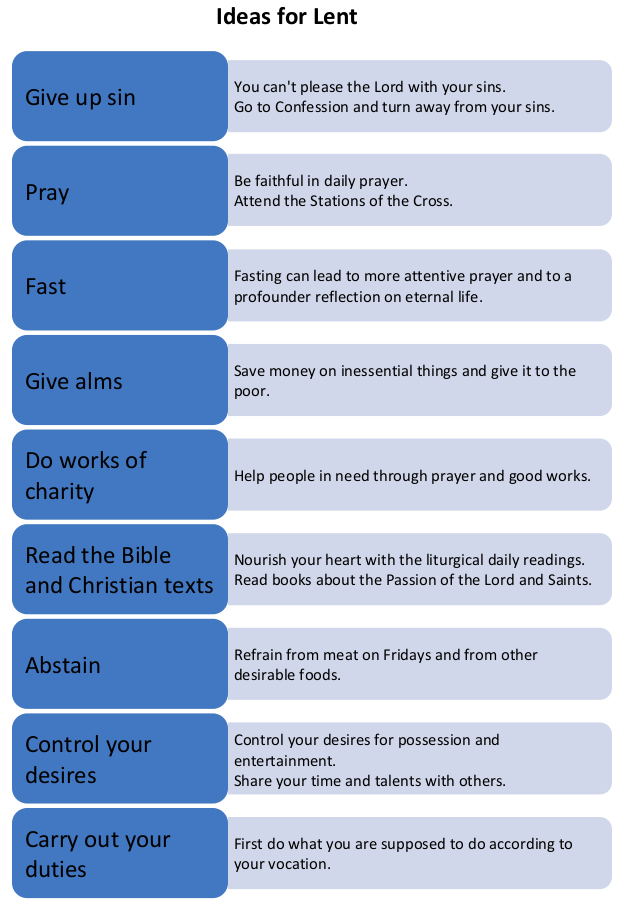“The righteous one, my servant, shall make many righteous, and bear their iniquities” thus the prophet Isaiah prophesied about the Messiah. He is called an Evangelist of the Old Testament because he foretold a lot about the Saviour. This last line of today’s first reading tells us about the core of Jesus’ mission: to bear our iniquities. Why is
that so important? Because we cannot get rid of our sins on our own. We are unable to live a holy life without the Lord. Jesus, Son of God, came to this world to take upon the cross our iniquities so that we may have eternal life. By this reason, the Church cannot cease to call the faithful to repentance and discontinue administrating the Sacrament of Penance.
This week I would like to highlight two celebrations:
Monday, Feast of Saint Luke, Evangelist. According to the ancient Christian tradition, the author of the third Gospel and the Act of the Apostles was a physician. He was a nonJewish Christian, probably of Greek background. His writing style confirms that he was well educated with significant literary skills. From his Gospel we mostly learn of Jesus’ birth and childhood. He is a patron saint of medical professionals.
Wednesday, Memorial of Saint Margaret Mary Alacoque, Religious. She was a French nun and mystic of The Order of the Visitation of Holy Mary, who promoted the devotion to the Most Sacred Heart of Jesus. In her convent at ParayleMonial, she received several private revelations of Jesus. During one of them Jesus let her rest her head upon His heart and disclosed to her the wonders of His love telling her that He desired to make them known to all mankind and to diffuse the treasures of His goodness, and that He had chosen her for this work. The form of the devotion that
Jesus requested contains reparations for sins on the first Friday of the month by participation in Mass and reception of Holy Communion (now known as First Friday Devotion), Eucharistic Adoration during a holy hour on Thursday (to commemorate Jesus’ agony in the Garden of Gethsemane) and celebration of the Feast of the Sacred Heart. The devotion to the Sacred Heart of Jesus in forms presented by Margaret was officially approved 75 years later after her death. When her tomb was canonically opened in July 1830, two instantaneous cures were recorded to have taken place. Her incorrupt body rests above the side altar in the Chapel of the Apparitions, located at the Visitation Monastery in ParayleMonial, and many striking blessings have been claimed by pilgrims who have journeyed there from all parts of the world. Her memorial falls on October 16th but in Canada we hold it on October 20th due to the
celebration of the first Canadianborn saint Marguerite d’ Youville.
God bless,
Fr. Peter

